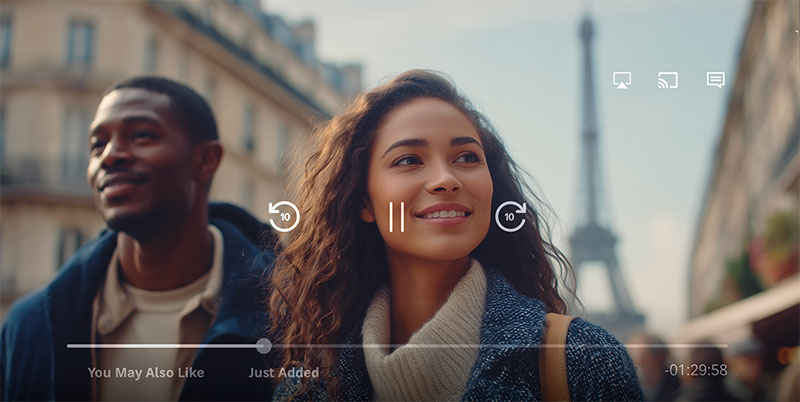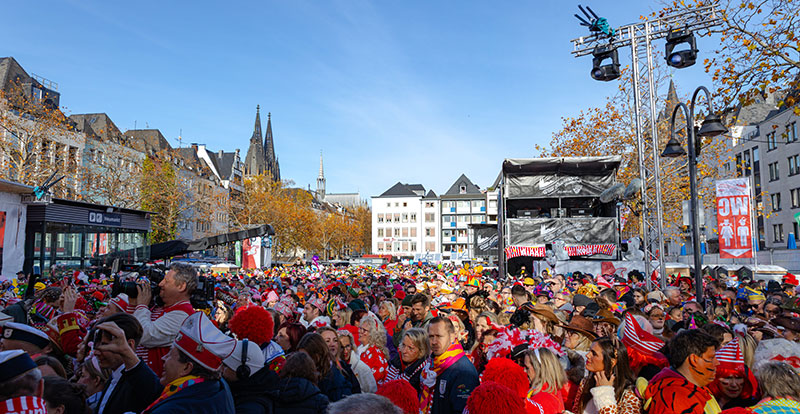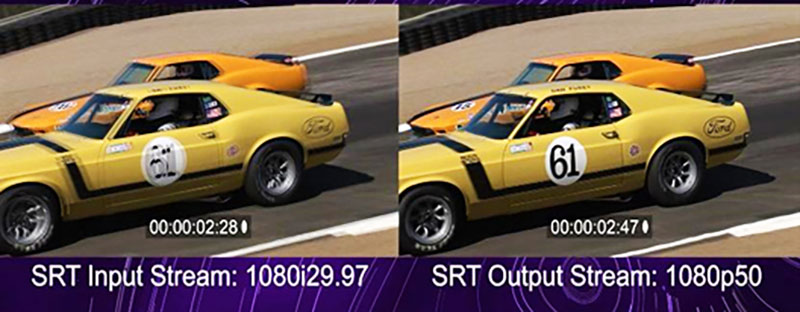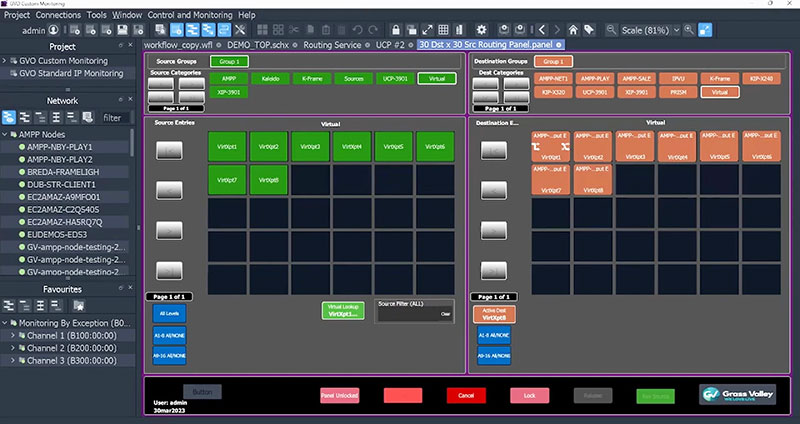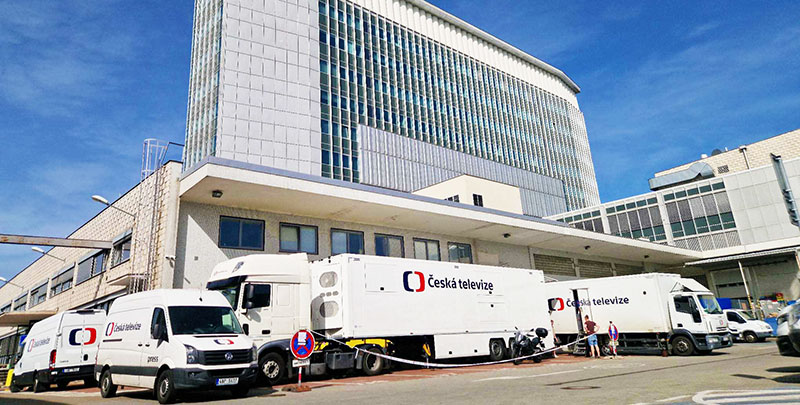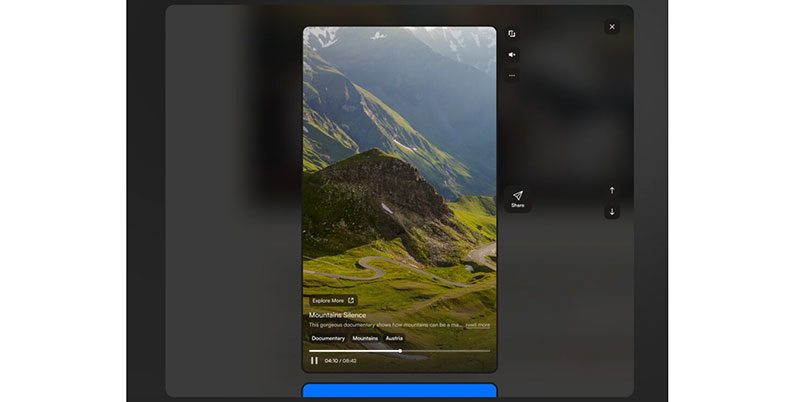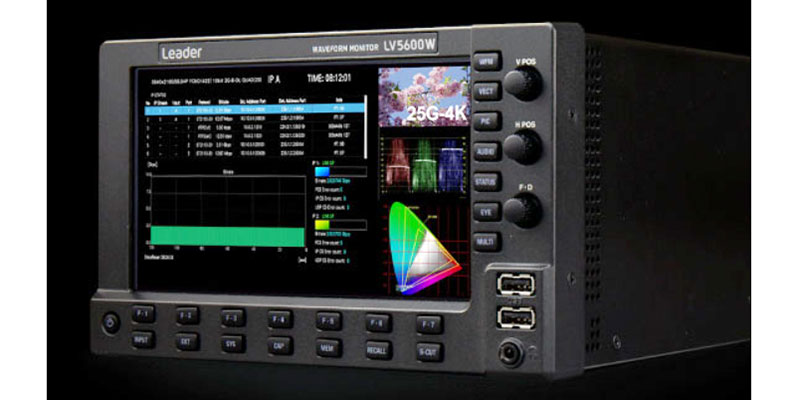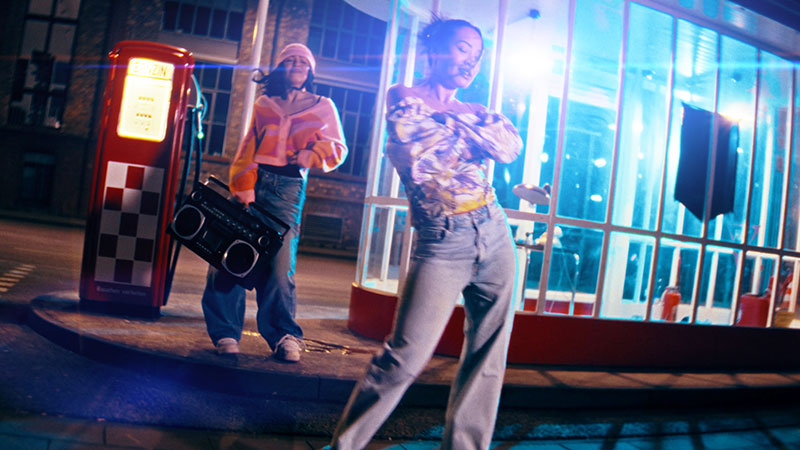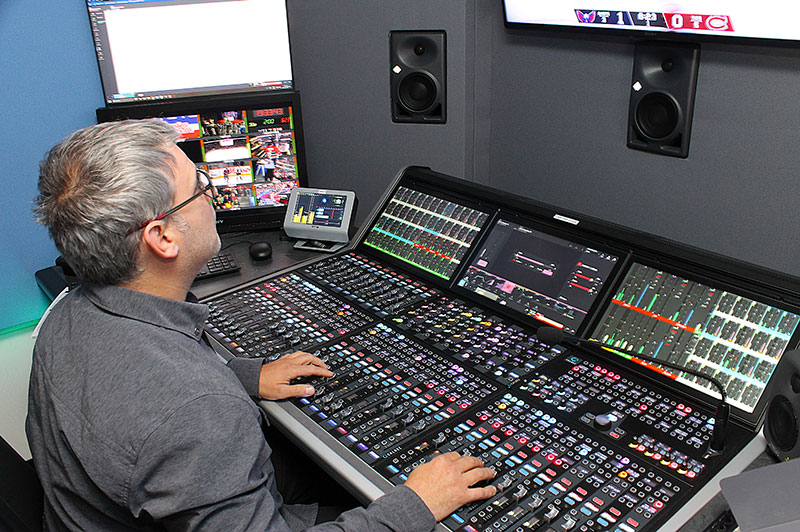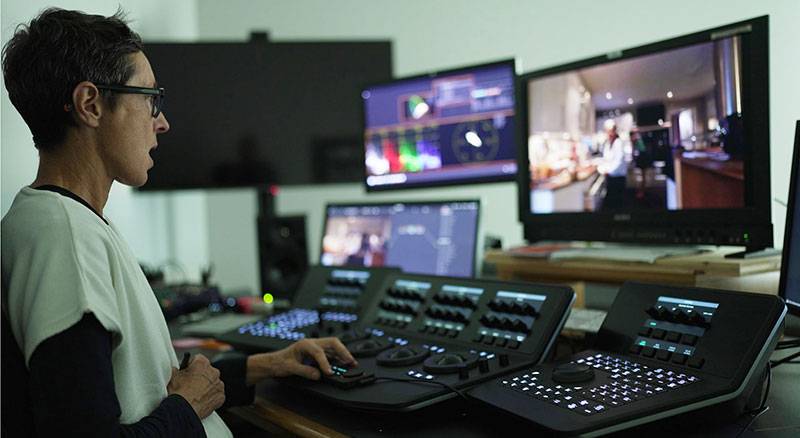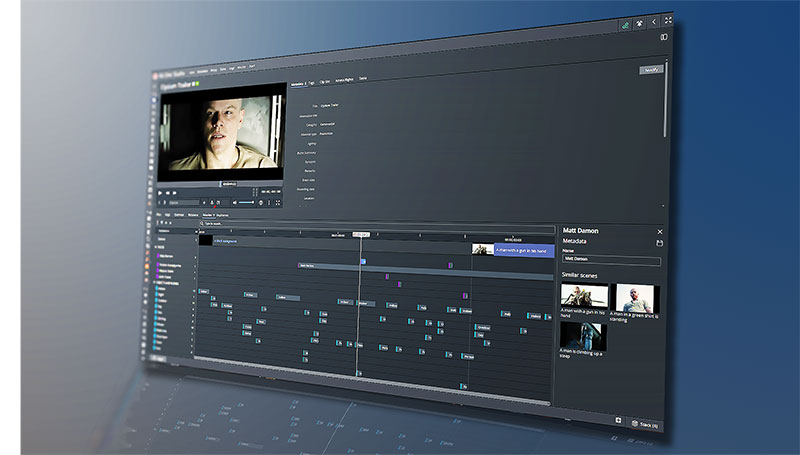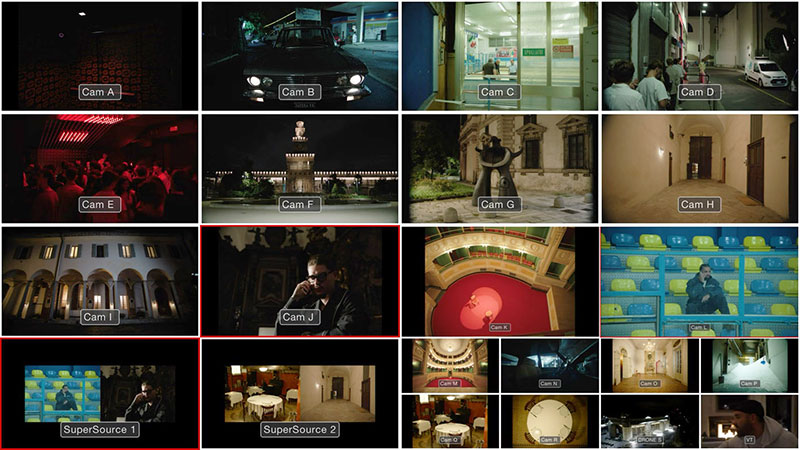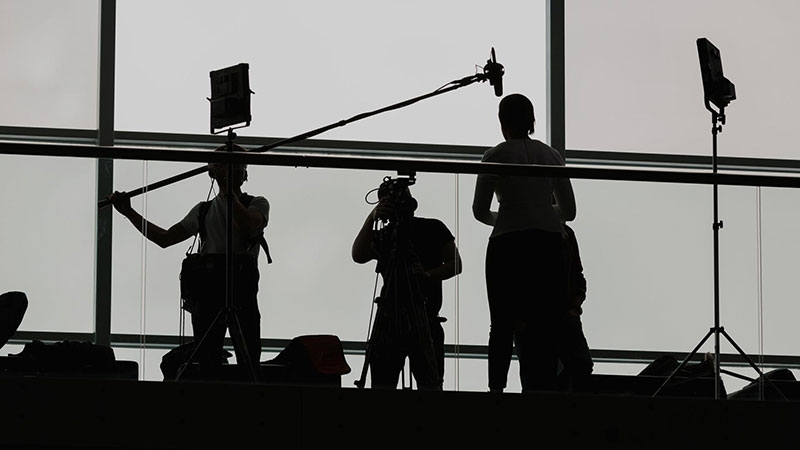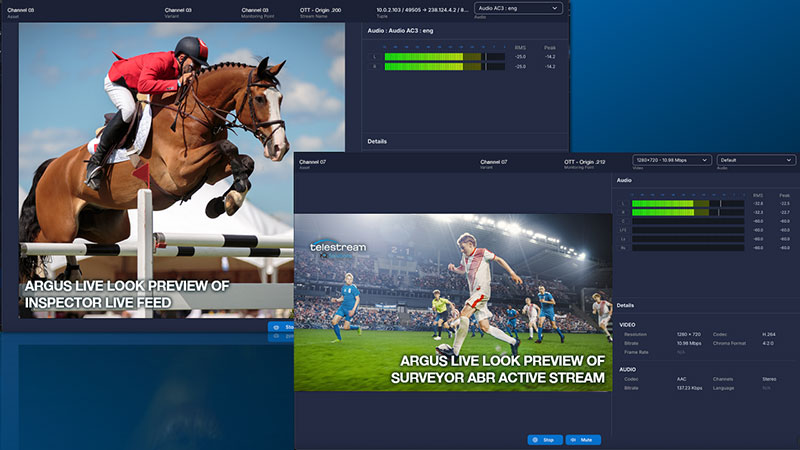TVNZ brought the 2023 election to New Zealanders via a record-breaking broadcast, with data-driven 3D and AR graphics running on Viz Engine and Vizrt real-time graphics software.
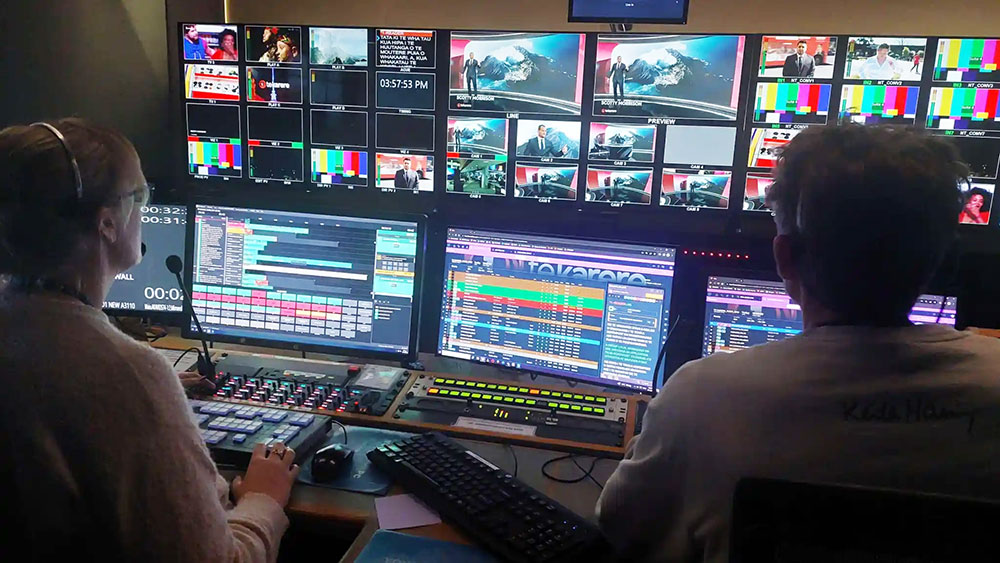
Over 40% of the 3.5 million registered voters in New Zealand – 1.4 million viewers – tuned in to watch TVNZ’s coverage of the general election held in October 2023.
According to reports, the network’s 1News elections coverage was New Zealand’s highest-reaching and highest-rating TV program of the night both in terms of commercial demographics (age, gender, income and location) and total audience. Also, the network’s app TVNZ+ generated more than a quarter of a million live streams, the platform’s single biggest day since it launched.
The broadcast followed more than a year of planning and putting TVNZ’s election machinery into motion. Beginning in August 2022, up to 280 people – including 60 journalists – were involved in producing the debates and the main election coverage across broadcast, digital and social outlets.
Election Machinery
“Every three years, election coverage is a big signature piece for TVNZ, so it’s important that we get that right for our viewers,” said Lindsay Chalmers, General Manager for Enterprise Operations at TVNZ. Design Lead Mark Fleming also said, “Sports have major events like the Olympics, the World Cup, the Super Bowl. For news, it’s the elections. There’s not much that would compare in terms of reach or engagement.”
TVNZ and its 1News at 6pm bulletin have been a part of life in New Zealand for almost 60 years, but in recent years, the broadcaster has faced competitive challenges from social media and online news sources, particularly among younger viewers.
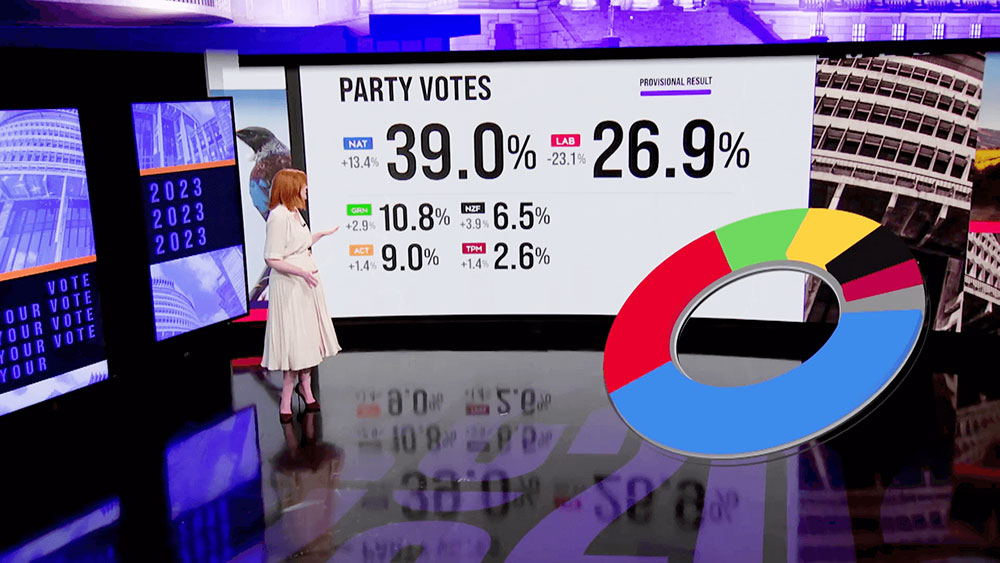
Meeting these challenges has meant reconsidering content and also thinking of delivery in terms of better connecting its audience to issues via whatever device or format they chose.
“If we are to contribute to the democratic process, we need to be transparent and able to supply information so people can make choices for themselves ahead of the election and then be informed on the day about how those results played out,” Lindsay said. “That means it’s a data- and therefore graphics-driven show on election night.”
Graphics are essential because they help viewers break down the progress of the election. Using graphics to visualise the shifts in vote counting and percentages of seats won, for instance, is a simpler way for TVNZ to explain how the elections are falling into place in each demographic on election day.
Setting the Standard
Running on Viz Engine and Unreal Engine, 3D and augmented reality (AR) graphics were brought into the main studio via a 13m LED screen covering a large portion of the studio’s 25m length, augmented by a green screen stage area that could be used for set extensions. This arrangement gave TVNZ the opportunity to smoothly expand on its virtual set design as events of the election unfolded.
The election coverage was also an opportunity for TVNZ to continue advancing its use of graphics. “This is our third election cycle using Vizrt to drive data graphics. We can process and visualise a lot of data very quickly. We use elections to set the standard of where we want our graphics, design and augmented reality capability to be over the next few years,” said Mark Fleming.
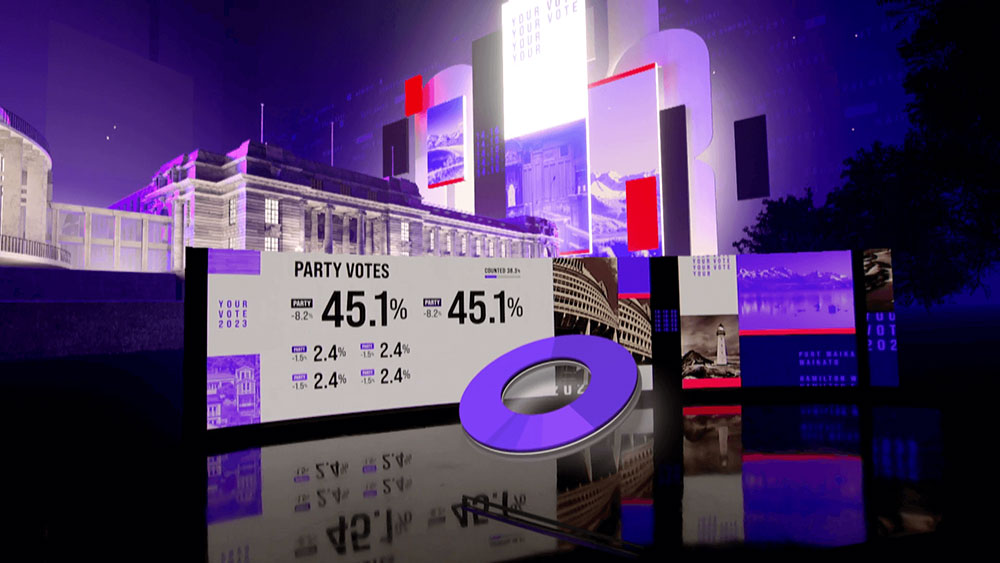
Augmented reality graphics not only make it easier for viewers to understand complex coverage. Lindsay said, “The idea behind introducing augmented reality to TVNZ was based on extending the minutes viewers spend watching, by making them feel more immersed in the content and likelier to return. Every minute spent viewing is valuable to a broadcaster, increasing the potential to carry them into the next commercial break or hold them into the next story, which then takes them further as well.
Graphics Templates – by and for Journalists
Already a Vizrt customer for about 10 years, TVNZ uses news and election coverage workflows that include Vizrt applications in its day-to-day operations. While graphics may steal the show visually, the behind-the-scenes journalist tools, media asset management workflows and studio automation workflows are where the team prepares for and executes daily coverage and major events.
TVNZ uses Viz Pilot Edge to integrate real-time data into templated graphics. Through its interface, journalists create, manage and deliver news coverage using templated graphics without depending on other departments. It supports scripting and direct data integration, so that live data can be visualised in real time in fast-moving stories like election reporting.
Although TVNZ used a custom data integration app to handle the live data changes from the Election Commission, the editorial team used Viz Pilot Edge to update the templated graphics as needed, such as updating candidates’ names, changing keys, baselines, lower thirds and other text updates throughout the night.
Using Viz Artist, the designers created data-driven graphics scenes that are incorporated into the template authoring tool, Template Builder. Mark said, “Because of its ease of use, different graphic designers are able to pick it up and quickly learn how to build graphics, design templates to make them usable in the newsroom, and integrate data.”
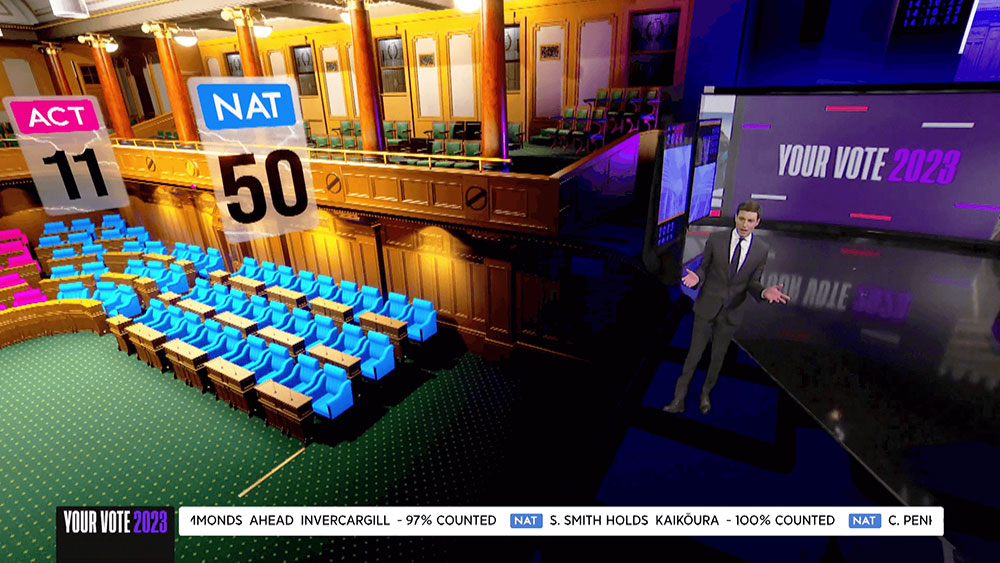
Viz Pilot Edge automatically generates templates, or builds cross-platform custom templates using native HTML for user interfaces. TVNZ has been using templated graphics since 2016, making a huge difference in the newsroom. Before introducing Viz Pilot Edge, any graphic change had to be done by someone other than the reporter or producer producing the story, slowing down the workflow and risking errors.
Control Room Automation
To help production teams focus on stories, instead of how they should play out on air, TVNZ implemented Viz Mosart studio automation software several years ago. Viz Mosart now drives the main news studio and automates nearly seven hours of live, linear news per day. The software’s integration with their Dina newsroom system means the team can set up and share automation templates to make productions consistent, displaying all live video sources in the user interface.
At any moment, the timing and status of stories, elements, production output and next events are clearly visible. Viz Mosart includes native control APIs for each studio device, and can use Viz Engine to automate production of graphics content with scene-based switching, without needing a dedicated switcher. This means that a journalist can design an entire show as a graphics scene, including video switching, by defining show content in the rundown with preset scenes.
The decision to implement Viz Mosart had two sides – reducing the cost of operations, and producing more consistent, coordinated shows. By introducing Viz Mosart, they went from a traditional control room team of nine people down to about five. At the same time, the results under automation are more accurate – cleaner cuts and more precisely-timed shows.
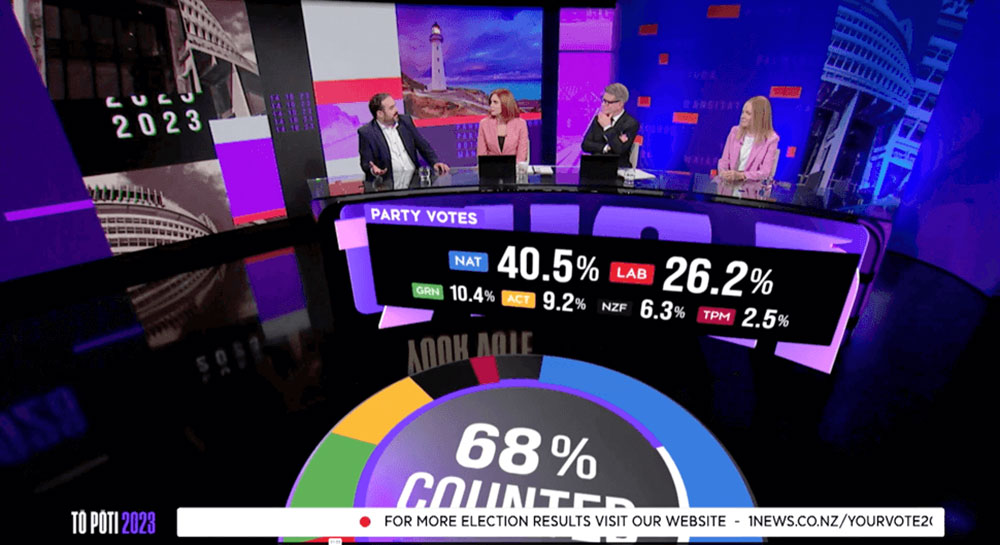
Archive Re-purposing
TVNZ finds that reliable media asset management (MAM) workflows and content retrieval are important aspects of telling everyday news stories, especially for major events such as elections. Therefore, Viz One media asset management is a key function for the journalism teams.
The role Viz One plays in TVNZ’s newsroom workflows is evident when producing the election coverage. Lindsay said, “Throughout the six-week election cycle, we have reporters in the field every single day following politicians’ activities. All that content comes back to base and is ingested into Viz One, becoming immediately accessible to the newsroom. We have an archive team making sure that all of it is researchable and accessible by producers and reporters through the desktop.”
In 2017, a project was completed to digitise TVNZ’s legacy tape-based news content to file format, and another project migrated the entire archive of around five petabytes of storage to the AWS cloud. Viz One now organises TVNZ’s vast archive and gives journalists access to over a million unique assets spanning current content and decades of archived content. The MAM system also supports media workflows such as metadata logging, soft parting for ad breaks, multi-language subtitling, quality control processes and so on.
From Broadcaster to Digital Media Company
Considering what TVNZ’s 1News has achieved in recent years regarding content and programming, Lindsay believes the way forward is to introduce more segmented options for personalised material, ready to serve on-demand access.
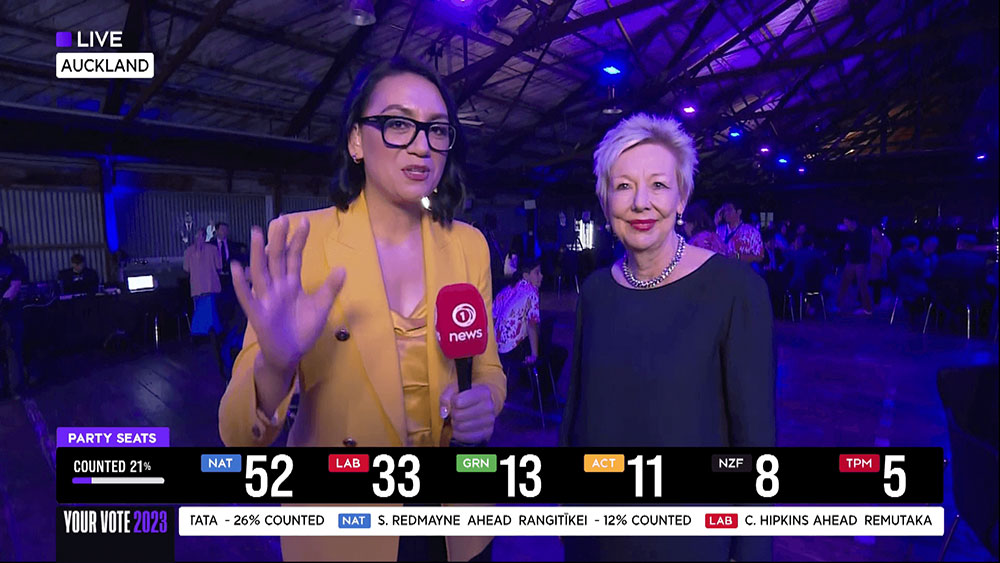
In any case, Jean-Louis Açafrão, General Manager of Technology at TVNZ, said the future of newsroom coverage heavily involves the digital space. “Linear will always be our bread and butter, and our biggest audiences,” he said. “But increasingly we’re starting to see the younger viewers coming through on other channels. We’re going through a process of transforming the organisation from a traditional linear broadcaster to what will be more of a digital media company.
“The tools and the architectures behind Vizrt tools allow us to undertake that transformation process in a way that doesn’t lock us into using those tools exclusively. What was compelling for us was Vizrt’s open API architectures and the partnerships that they’ve developed for some of our other key technologies, such as AWS, for Viz One archive storage, and Avid. A lot of interplay happens between Vizrt and our other key systems.” www.vizrt.com




